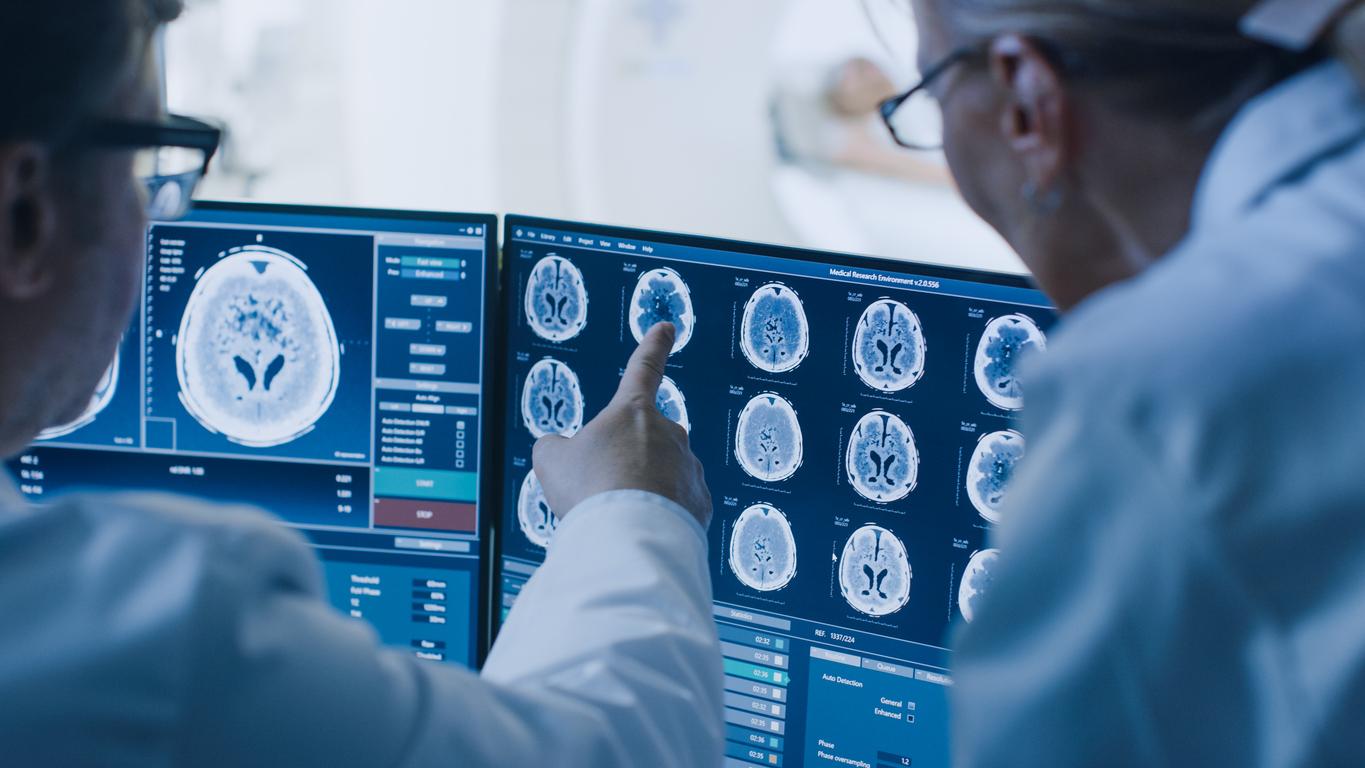According to a new study, viral infections caught during childhood could leave traces in the brain and ultimately contribute to the development of multiple sclerosis.

Multiple sclerosis is a neurodegenerative disease that affects more than 2.3 million people worldwide, including 100,000 people in France. Gradually, patients lose the use of their limbs, have vision, motor and sensory disturbances.
Viral infections caught in childhood in question
If we know that this disease is due to a disorder of the immune system which attacks the brain and nerve fibers by destroying the myelin sheaths responsible for protecting neurons, its exact origins remain unclear. Thus, despite numerous immunomodulatory drugs targeting its various inflammatory aspects, its progression remains unstoppable in many patients. However, a Swiss study published on June 26 in the journal Science Translational Medicine may have discovered something fundamental about the formation of multiple sclerosis. According to the researchers, viral infections caught during childhood could reach the brain and contribute to its development in adulthood.
Based on the theory that “these transient infections could, under certain circumstances, leave a local imprint, an inflammatory signature, in the brain” which could be a factor in multiple sclerosis, the researchers induced a temporary viral infection in two groups of mouse. One was made up of adults and the other of babies. “In both cases, the mice showed no signs of disease and cleared the infection within a week with a similar immune anti-viral response,” explains Karin Steinbach, co-author of the study.
The mice then aged and the researchers transferred them self-reactive cells, capable of impacting the structure of the brain and, according to some scientists, of contributing to the onset of multiple sclerosis. “These self-reactive cells are present in most of us but do not necessarily cause disease since they are controlled by different regulatory mechanisms and most often do not have access to the brain”, specifies Steinbach.
Similar reactions in humans
This was the case for mice that had received the viral infection when they were adults. Those who had fallen ill younger, on the other hand, had developed brain damage. Also, in their case, the self-reactive cells had managed to enter the brain, go directly to the area where the viral infection was before and affect it. In this group of rodents, the researchers also discovered an abnormal number of memory T lymphocytes (a certain type of immune cell) accumulated in the cerebral cortex.
“Under normal circumstances, these cells are distributed throughout the brain, ready to protect it in the event of a viral attack. But here the cells are accumulating in excess at the exact spot of the childhood infection in the brain,” explains Doron Merkler, lead author of the study. Thus, in mice that fell ill when young, memory T cells produced a molecule that attracted self-reactive cells to the brain, causing damage.
By blocking the receptor transmitting the signal to autoimmune cells, however, the researchers managed to prevent the development of brain damage in mice. Building on their success, they then turned to sick humans. “We looked to see if we could find a similar accumulation of memory T cells in people with multiple sclerosis and indeed we found it,” notes Karin Steinbach.
This is why, today, researchers want to continue studying the role played by these famous cells in the development of autoimmune diseases affecting the brain. “We particularly want to understand why these cells accumulate in discrete areas of the brain in children following infection but not in adults,” Steinbach concludes.

.















